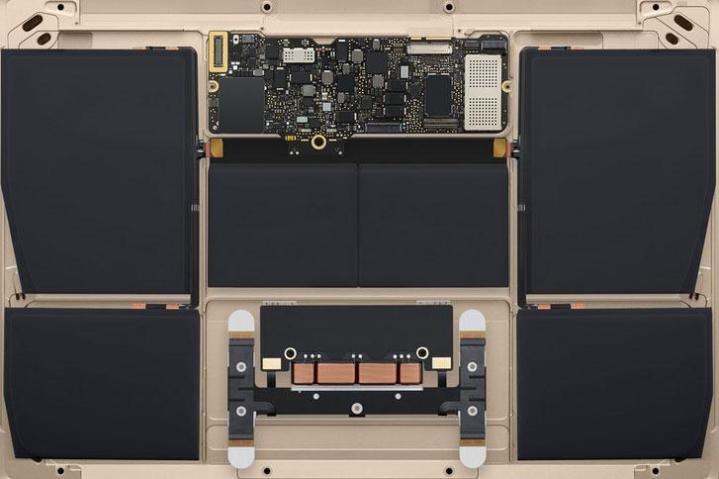
Thanks to the combination of Apple’s pentalobe screws, overuse of glue for holding in certain parts and the fact that many key internal components are actually soldered to the mainboard, iFixit ultimately gave the new Macbook a mere 1/10 for its “repairability,” which as you might expect, is just about the worst rating it could have received. Only a handful of PCs have ever scored as poorly, including the Microsoft Surface pro.
To put this into context, even most iPads are easier to fix than that.
The Macbook’s score is so bad that it doesn’t even have a single plus point in the conclusion. If you had to find one positive in the rough, you could argue that the fact you can get into the laptop’s internals through the keyboard is a bonus, though it’s not clear if that was intended or just a happy coincidence.
The sad part about the Macbook pulling a score like this is that Apple described it as the “future of the notebook.” Here’s hoping it’s not the blueprint for every laptop that the fruity firm produces in the future. The least it could do is use some more typical screws.
How important is the ability to fix a laptop when it comes to your purchasing decisions?
Editors' Recommendations
- These 6 tweaks take MacBooks from great to nearly perfect
- If you buy one MacBook Air alternative, make it this one
- The case for buying the M2 MacBook Air over the M3 model
- Which color MacBook should you buy? Here’s how to pick
- Why you should buy a MacBook Air instead of a MacBook Pro




